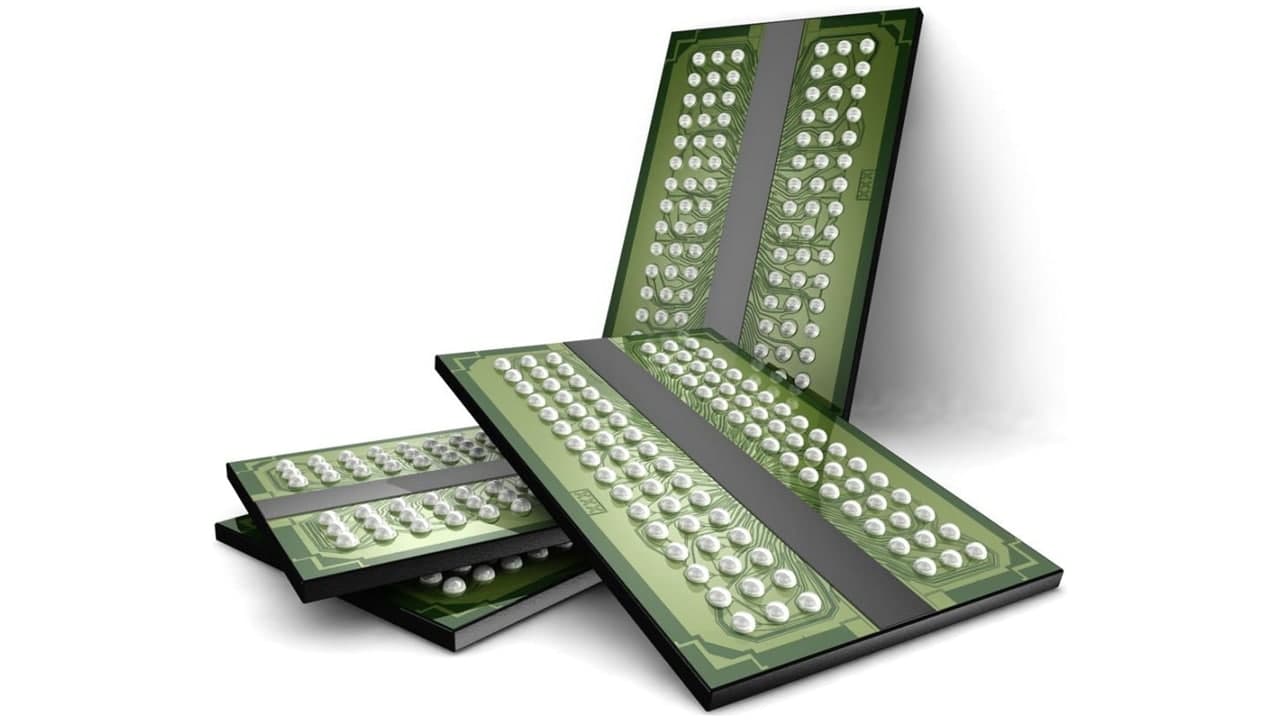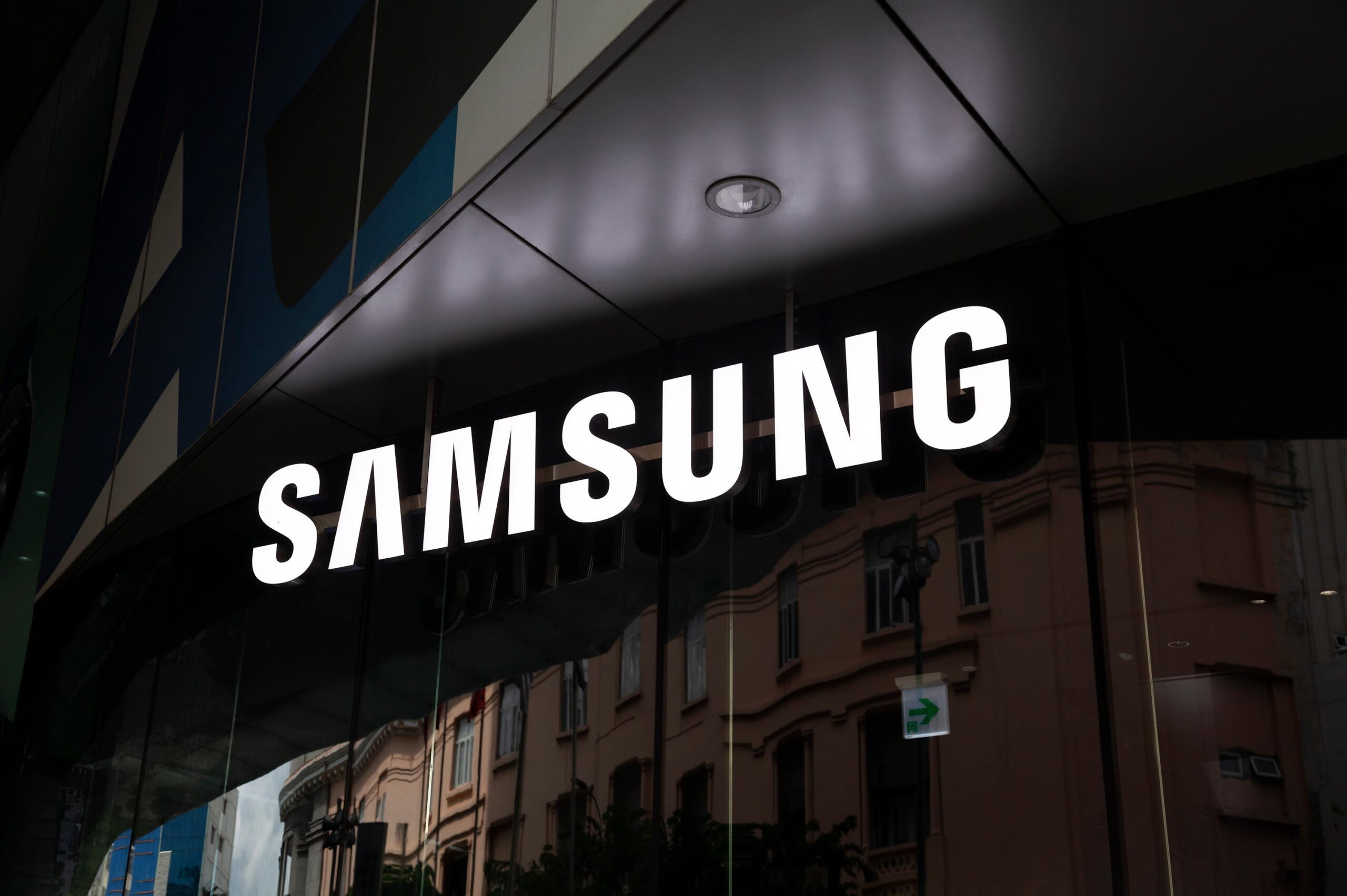Since 2021, the price of PCB upstream materials has continued to rise. Including copper clad laminate, copper foil, glass fiber cloth, ink, prepreg, and other materials prices have risen to vary degrees.
The price of upstream materials continues to soar, which also brings a lot of operating pressure to PCB manufacturers. In addition to the increase in costs caused by the continued rise in raw materials, the overall decline in demand in the industry has put PCB manufacturers in a difficult situation for survival.
Join tip3x on Telegram
Industry insiders said, “Compared with the same period last year, the order volume of most PCB manufacturers has dropped by at least 30%, and some manufacturers even have no orders. At present, almost all PCB manufacturers are not operating at full capacity.”
As we all know, PCB (printed circuit board) is an important electronic component, a support body for electronic components, and a carrier for the electrical interconnection of electronic components.
The upstream raw materials of the PCB industry chain include copper-clad laminate, copper foil, glass fiber cloth, ink, and other materials, and the downstream applications include communication equipment, consumer electronics, automotive electronics, etc.
 In general, the rise in volume and price of copper-clad laminates has driven continuous growth in the performance of related manufacturers. But for PCB manufacturers, the rise in raw material prices has seriously affected their gross profit margins.
In general, the rise in volume and price of copper-clad laminates has driven continuous growth in the performance of related manufacturers. But for PCB manufacturers, the rise in raw material prices has seriously affected their gross profit margins.
At present, the prices of upstream materials such as copper-clad laminates, copper foils, and inks are still at a high level, resulting in higher labor costs and material costs for PCB manufacturers. With the current decline in the overall demand of the PCB industry, market competition will intensify, and some manufacturers may be in a predicament of survival.
It is worth mentioning that with the decline in PCB market demand, the recent performance of A-share-related manufacturers in the secondary market has also been relatively sluggish.










